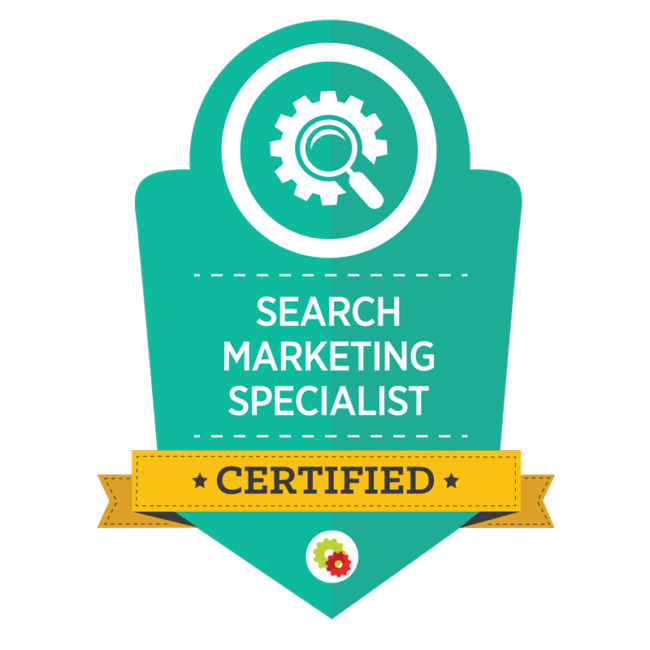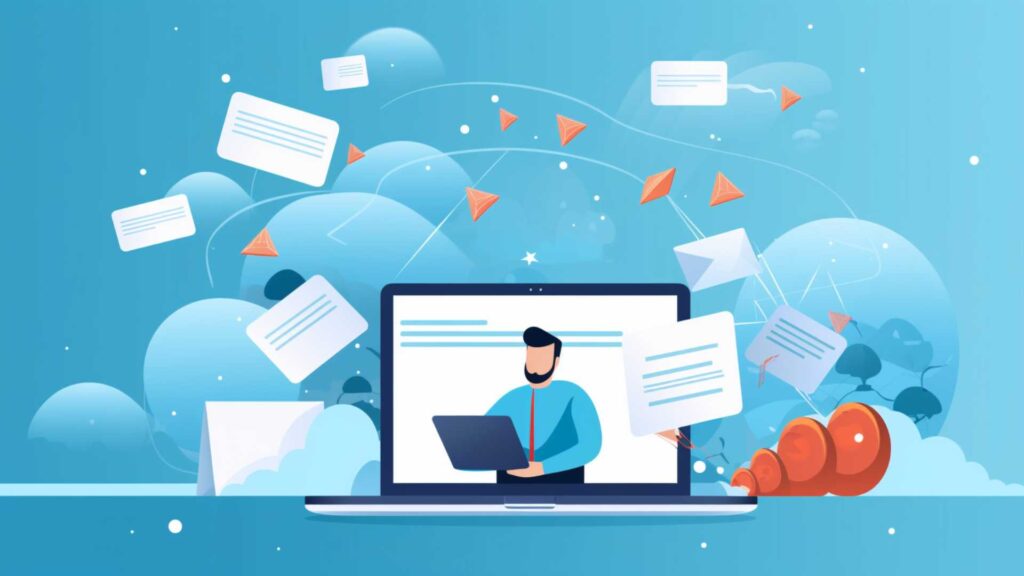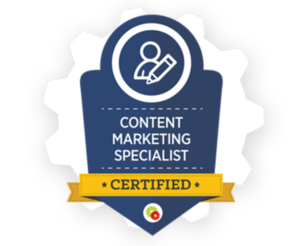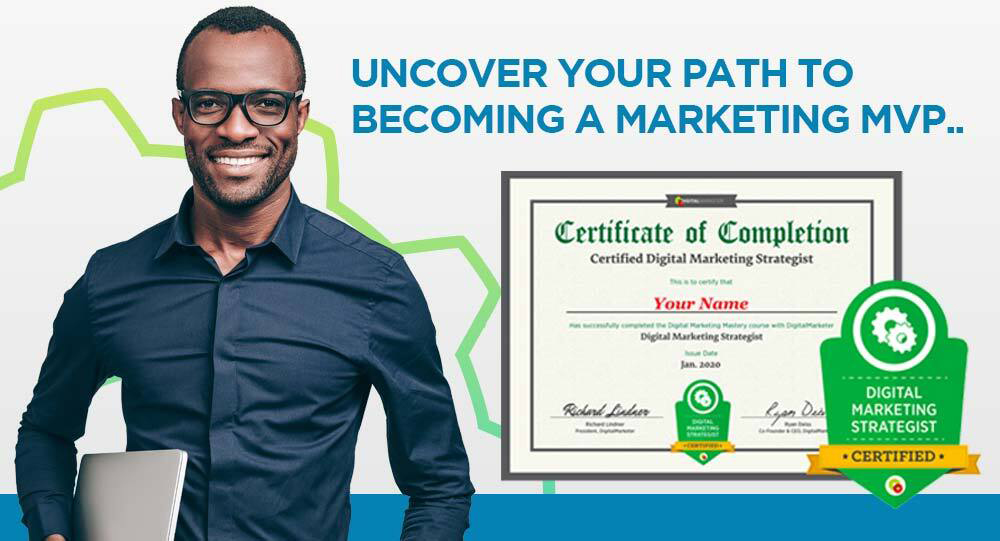MARKETING
7 Organic Marketing Strategies to Scale Faster in 2023

Want to grow your business faster?…without paying crazy amounts on paid advertising?
Organic marketing is the answer. (Keep reading for my secrets).
My name is Connor Gillivan. I’ve been an Entrepreneur for 12+ years scaling multiple businesses to 6, 7, and 8 figures w/ an exit in 2019. Today, I run marketing for my portfolio of 4 businesses.
The majority of my success in business has been through organic marketing.
In this article, I’ll share my top 7 organic marketing strategies.
- SEO
- Partnerships
- Podcast interviews
- Social media
- Content marketing
- CRO
- Email marketing
By the end, you’ll have a headful of ideas to execute for growing your business.
Let’s dive into it!
My 7 Organic Marketing Strategies
In this section, I’ll define the 7 organic marketing strategies that I mentioned and give examples of each so that you can fully understand how they can help grow your business.
1. SEO
SEO is the act of creating content on your website (pages & blog articles) that rank for specific keywords your ideal customer is searching for on Google and other search engines.

For example, let’s say that you run an eCommerce business selling baby clothes. Your baby clothes are organic, custom-made, sourced from the US, and fashionable.
With SEO, you’d want to rank for keywords like:
- “Organic baby clothing”
- “Baby clothes made in the US”
- “Fashionable baby clothing”
By investing in SEO, you can optimize your website, pages, and content with the goal of ranking on the 1st page of search results.
This will drive traffic to your website where you can convert users into email subscribers and customers.
2. Partnerships
Partnerships is a marketing strategy where you team up with other companies in your industry where you’re not competing with one another, but you’re targeting the same ideal customer profile (ICP).
For example, one of my companies is AccountsBalance, a monthly bookkeeping service for agencies, service providers, & SAAS companies.
We have a Partner Program where we partner with 100s of other digital service providers, softwares, tools, and influencers.
To start, we add each other to our Partner pages (exchanging backlinks), we feature each other in our newsletters (brand awareness & lead generation), then we find other ways to send leads both ways on a quarterly basis.

Relationship building turns into brand awareness, visitors to your website, referrals, leads, & customers.
3. Podcast Interviews
Most people know podcasts for listening to them, but there’s another side to it that is extremely beneficial for organic marketing.
When I say “podcast interviews”, I’m referring to the marketing practice of getting interviewed on podcasts within your industry where you can share your expertise, establish yourself as a thought leader, and attract new customers to your business.
For example, my business partner, Nathan Hirsch, has been interviewed on 500+ podcasts in the past 5 years. We have a system where we research top podcasts in our niches where our ideal customers are reading then we reach out and pitch them to interview Nathan. He goes on the podcast & drives leads to our businesses.
When you do this consistently for months, you create a lot of “buzz” around you and your business.
That “buzz” turns into new website traffic, leads, and customers.
4. Social Media
Yes, we all know what social media is, but there’s a specific way to do it for organic marketing that can drive lots of interested customers to your business.
I encourage you to look at social media as a platform where you can establish yourself as a subject matter expert (SME), build a following, and turn followers into paying customers.
Here’s an example. I own and run marketing for 4 businesses and I use LinkedIn as a social media channel to establish myself as an SEO expert & entrepreneur, which drives customers to our companies.

My ideal customer spends time on LinkedIn. I build trust with them through my daily posts & teaching them the SEO & marketing methods that are working best for me.
It takes time, consistency, a good process, and dedication, but social media is an amazing place to reach your ideal customer.
5. Content Marketing
Content marketing is the organic marketing practice of creating high value content that speaks directly to your ideal customer and pulls them into your email list so that you can continue “talking” to them.
Here’s some examples of content marketing:
- Infographics
- Ebooks
- Checklists
- White papers
- Webinars
- Free trainings
Content marketing helps to “pull” your ideal customer into your business so they know you’re an option as they look to solve different problems they have.
6. CRO
CRO stands for conversion rate optimization.
CRO is the act of optimizing your website and all of its pages for converting as many website visitors as possible into email subscribers or paying customers.

You’ve Been Taught SEO ALL WRONG
Become a Certified Search Marketing Specialist and Start Boosting Your Sales by Attracting and Converting Your Ideal Leads Everywhere They Are.
Let’s look at an example. You figure out the first 5 organic marketing channels and you start driving 1,000s of visitors to your website every month. Congrats on that first of all! But does it really matter if none of those people convert into email subscribers or customers?
That’s where CRO comes in. You dive into the design, content, and performance of each page on your website to see how you can convert more visitors into subscribers and customers.
7. Email Marketing
Last, but certainly not least is email marketing. Email marketing is building an owned email list of people that are interested in your business, you, and the products/services that you offer. Then regularly communicating with those people through a newsletter and automated email campaigns to convert them into paying customers.
It’s great to get people to sign up for your email list or newsletter, but if you’re not communicating with them, it’s worthless. You need an email marketing strategy where you’re communicating with them, getting to know them better, answering their questions, and building trust with them.

For example, one of my companies, Outsource School, is focused on teaching business owners how to hire and scale their business with virtual assistants and freelancers from the Philippines. We run a weekly newsletter that provides free advice and strategies on outsourcing to 5,000+ potential customers. We build additional trust with them each week and over time many of them become members.
How to Get Started (w/ Each)
Now that you know the 7 organic marketing strategies that you can use to grow your business faster, let’s talk about some simple, actionable steps you can take to get them started.
1. SEO
Ideas to get started:
- Build a Blog page on your website.
- Commit to writing & publishing 1 new blog each week.
- Target 1 keyword with each blog.
- Make your keywords what your ideal customer would search to find you.
- Make all of your content high quality & value for your customer.
2. Partnerships
Ideas to get started:
- Open a new Google Sheet or Trello board.
- Make a Partner 100. Your top 100 ideal partners.
- Find contact information for all 100. (Or have a VA do it)
- Reach out to them on social media & email.
- Work to build a relationship with them.
- Run content exchanges together.

3. Podcast Interviews
Ideas to get started:
- Similar to the Partner 100, make a Podcast 100.
- Research 100 top podcasts where your ideal customer is listening.
- List out your areas of expertise & value you could add to the podcast.
- Reach out and pitch hosts to interview you.
- Record the interview with the host.
- Improve your interviewing skills as you practice.
4. Social Media
Ideas to get started:
- Choose 1 channel to start with.
- If looking for B2B customers, use Twitter or LinkedIn.
- If for B2C customers, Instagram, TikTok, or Facebook.
- Post 1x per day
- Reply to comments that people leave.
- Build a personal brand around your expertise.
5. Content Marketing
Ideas to get started:
- Brainstorm a list of 5 lead magnets your ideal customer would like.
- Over 6-12 months, make the 5 lead magnets.
- Feature them on your site.
- Post about them on your social media.
- Ask your partners to share them.

Want to get certified in Content Marketing?
Leverage the tools and channels to predictably and profitably drive awareness, leads, sales, and referrals—EVERYTHING you need to know to become a true master of digital marketing. Click Here
6. CRO
Ideas to get started:
- Once you have website traffic, set up tracking with Google Analytics.
- Measure how many visitors you’re converting to email subscribers.
- Once you have a baseline, make a list of improvements you could make.
- Implement them and repeat this every quarter.
7. Email Marketing
Ideas to get started:
- Choose an email marketing software to use: Mailchimp, ActiveCampaign, Constant Contact, etc.
- Start a weekly newsletter that you send out. Same day, same time each week.
- Build a content calendar and get ahead of the schedule.
- Schedule newsletters and get feedback from your subscribers.
Take Action
Organic marketing is a valid and proven way to drive potential customers to your website that you can then work to convert into paying customers.
I’ve been using organic marketing strategies for scaling my businesses for the past 10 years and I continue to be a huge proponent of them today.
You don’t need huge marketing budgets to grow your business. All you need is proven processes, consistency, and the drive to keep at it for months on end.
TL;DR:
1. SEO
2. Partnerships
3. Podcast Interviews
4. Social Media
5. Content Marketing
6. CRO
7. Email Marketing
Sit down and plan out how you’ll get these started for your business.
Take 1 at a time, perfect a process for it, delegate, and then move onto adding another.
By the end of 1-2 years, you’ll have a fully running organic marketing machine that is driving 1,000s of leads to your business every single month.
Have question? Follow me on LinkedIn and DM me with questions!


![How AEO Will Impact Your Business's Google Visibility in 2026 Why Your Small Business’s Google Visibility in 2026 Depends on AEO [Webinar]](https://articles.entireweb.com/wp-content/uploads/2026/01/How-AEO-Will-Impact-Your-Businesss-Google-Visibility-in-2026-400x240.png)
![How AEO Will Impact Your Business's Google Visibility in 2026 Why Your Small Business’s Google Visibility in 2026 Depends on AEO [Webinar]](https://articles.entireweb.com/wp-content/uploads/2026/01/How-AEO-Will-Impact-Your-Businesss-Google-Visibility-in-2026-80x80.png)














